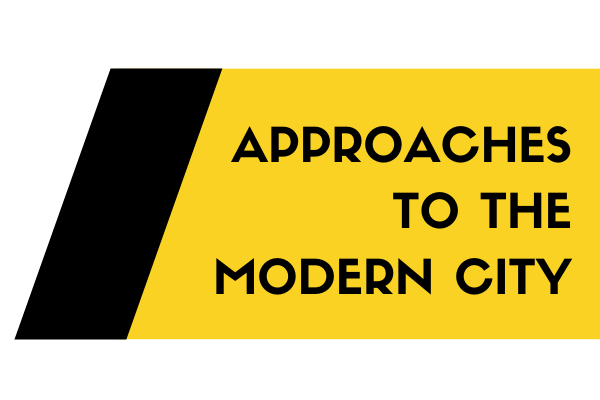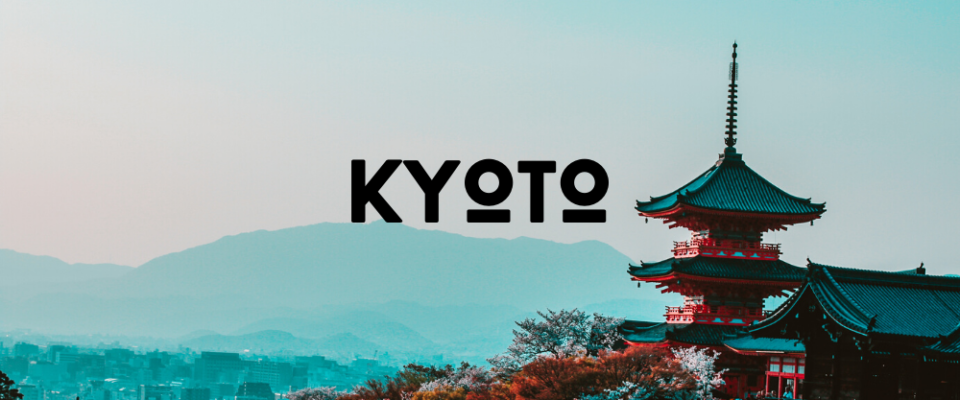By Minh Vu
Coming from Asia and studying politics in the U.S., I have noticed a few urban coincidences. Often the largest, richest city in a country is not the same as its oldest, most cultured city, which sometimes doubles as the capital city. For Vietnam, it is Ho Chi Minh City for the former, Hanoi for the latter. For China, it is Shanghai versus Beijing. And while Washington, D.C. may not be the oldest, most cultured city in the U.S., perhaps even less cultured than the richer counterpart New York City, it certainly is one of the many gateways to a historic America. But out of all these pairings, I find Kyoto-Tokyo the most intriguing. Kyoto was the capital of Japan from 794 to 1868, when Emperor Meiji relocated the capital to Tokyo. The modern history of Kyoto as a city began, then, when the Emperor brought the center of politics and wealth away from Kyoto and into Tokyo. But despite the development and change over time, Kyoto remained the old capital, the center of culture and history of Japan. Kyoto’s tenacity to remain a significant historic city in the rapidly evolving modern world is what draws me to it.
For my three reports, I chose the themes City as Social Body, City as Real Estate, and City as Data. In all of my findings, Kyoto as the cultural and historic gateway of Japan is a consistent factor. The balance between economic development and the preservation of historic and cultural heritage has been the prominent challenge to the city’s policymakers, its populace, and even outsiders, including foreign academics and architects who appreciate what Kyoto means for Japan. This balance has been fluctuating, at one point tipping toward economic growth at the expense of heritage, at another favoring regulations to preserve culture and history but also restricting development. And while the challenge continues, the current balance is a symbiotic relationship between economic development and preservation of history. Kyoto City takes advantage of its rich history to develop its tourism industry, a competitive advantage against which no other city in Japan can compare. To come to this conclusion, each of my reports focuses on a different aspect of the city. In City as a Social Body, I explored the contest to develop Kyoto’s public space against the challenge to preserve its historic look, highlighted by the city’s “landscape debate” around regulations to limit building height and preserve the city skyline. The skyline, the embodiment of the city’s rich history, became a public good despite being an intangible, abstract space, unlike a city park or plaza. As a result, it became the focal point of the contention between private developers who built singular buildings and the academics and government who defended the intangible character intruded on by development. I continued exploring this debate in a different context in City as Real Estate, in which I examined how the need for economic growth changes the visual aspects of the city, both the skyline and the architectural design. The manshon vs machiya contest supplements this discussion, exploring how the city adapts the modern look of Western apartment buildings while preserving the traditional design of Japanese shophouses. Lastly, in City as Data, I looked at how information moved between the city government and the population. Even here, the factor of preserving cultural heritage emerges. While the focus of the report is on whom information informs and how, the kind of information examined here revolves around tourism and culture, specifically how Kyoto can take advantage of its rich history for economic growth. Other than the city government and the resident population, the private sector and incoming tourists become the additional actors that utilize or collect this information and further the discussion on preserving Kyoto’s cultural heritage.


One Reply to “Kyoto: An Introduction”